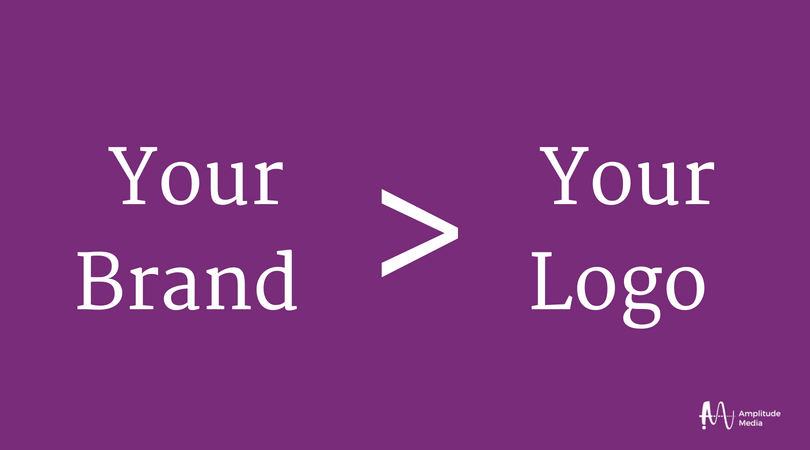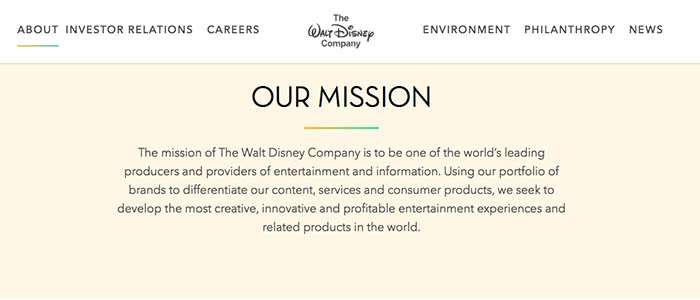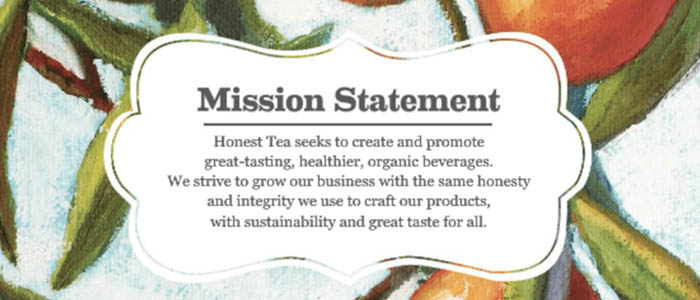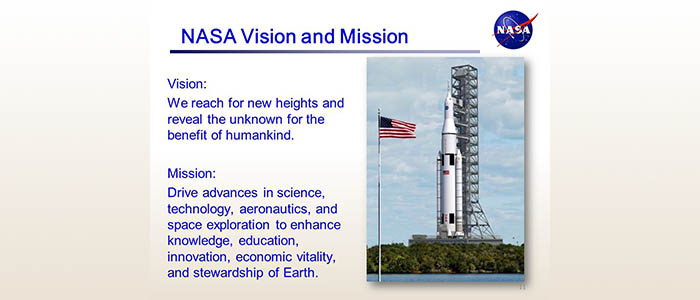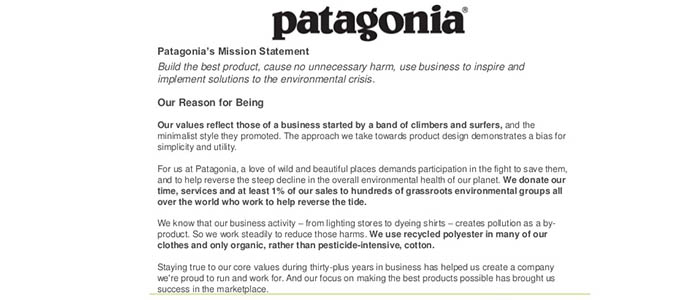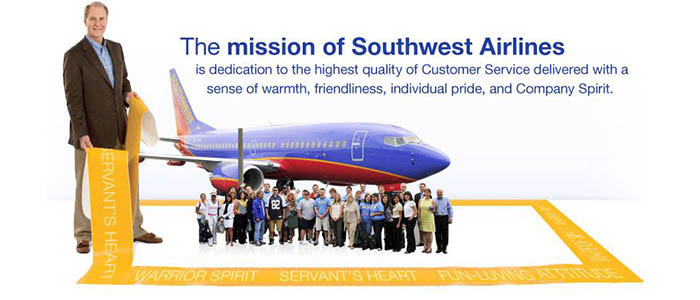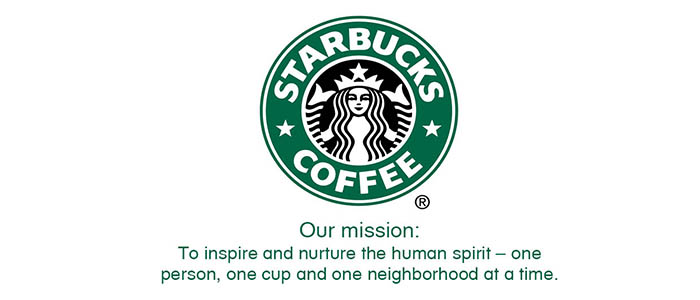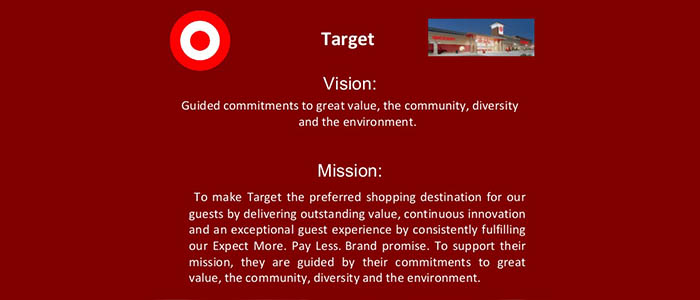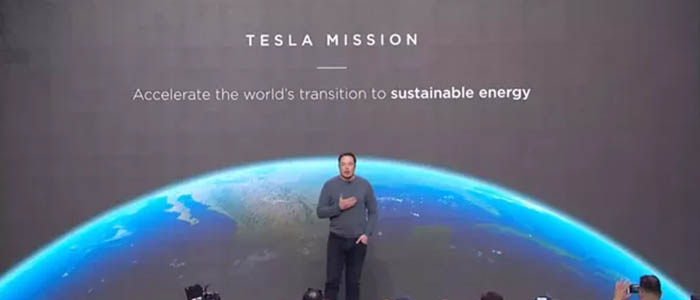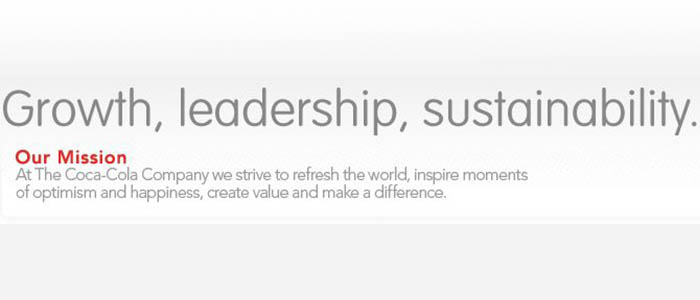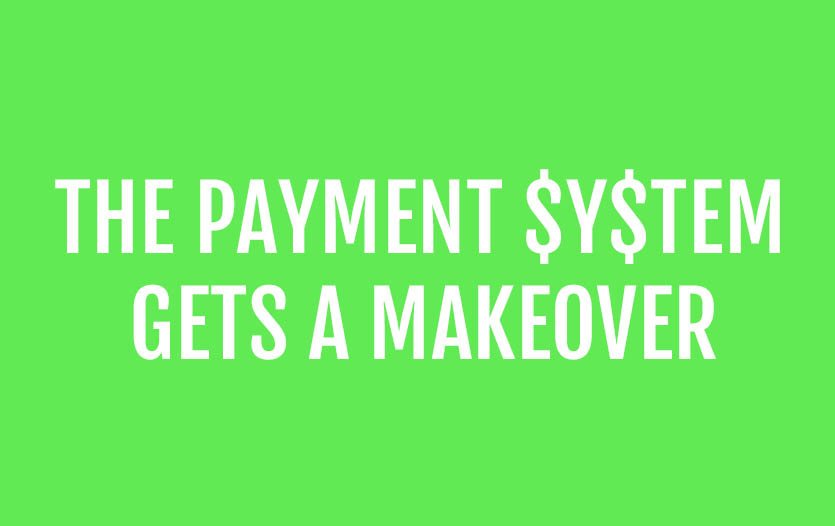Your brand. It’s not just a logo.12 min read
I visited an old friend a couple of days ago.
As I walked through the front door it was just as I remembered. The room was airy and bright. All the season’s latest colors and trends were beautifully displayed and organized, and it smelled like popcorn… okay, I was at Target. It’d been a while. But it was just as I’d left it, hip, trendy and containing at least $100 worth of cool stuff that I hadn’t known I’d needed until I got there, but now could not live without.
It seems silly, but Target has a soothing effect on me. I know where things are, feel at home and know the prices are reasonable. I can count on pleasant surprises on the endcaps to catch my eye as I mindlessly wander and consider how this $25 fake oil lamp, which comes in orange, teal or buttercup yellow, will improve my life.
Alternatively, I don’t feel the same sense of belonging at Walmart, we’re not friends. I feel uneasy and anxious. The aisles are too crowded and it always feels dark. It’s like an apocalyptic scene out of a movie where the meteor is about to strike and you’ve got to hurry and buy whatever supplies happen to be left and it’s all you’ll have to live on until Bruce Willis saves the day… let’s all cross our fingers that happens this time. #SorryBruce
 When I think objectively about both Target and Walmart it doesn’t make much logical sense. Many of the products are the same. The price-points aren’t that much different. They’re usually within a mile of each other. So why do I feel so differently about one vs. the other?
When I think objectively about both Target and Walmart it doesn’t make much logical sense. Many of the products are the same. The price-points aren’t that much different. They’re usually within a mile of each other. So why do I feel so differently about one vs. the other?
As much as I’d like to think I’m logical and rational, I’m not. Most of my decisions are made emotionally, not logically. And it’s not just me, according to behavioral economics, it’s all humans.
Research about decision theory in The Undoing Project, when discussing framing, or how a choice is presented, either as a gain or a loss, states, “People did not choose between things. They chose between descriptions of things. Economists and anyone else who wanted to believe that human beings were rational could rationalize, or try to rationalize this as loss aversion… Economists assumed that you could simply measure what people wanted from what they chose. But what if what you want changes with the context in which the options are offered to you?” (The Undoing Project, Michael Lewis, pg. 278)
To emphasize, people don’t choose between things, they choose between descriptions of things. So, as people, we choose the option that makes us feel better/stronger/smarter/faster, and when it comes to choosing between companies, the brand that makes us feel like we want to feel is the emotional choice we are more likely to make. The feelings I feel about Target vs. a Walmart aren’t irrational at all, they’re just human.
It’s science!

A brand is how people feel about your company
To summarize, a brand is a description of the thing that you’re building, which drives the emotion behind the choice, and through those emotions builds your audience and sells your product. Whether it’s through an interaction on your website, in social media, a physical location or using a product or service, your brand is all of the components used to create the emotional response.
We like to think of it as the personality of your business or the soul of your brand. Your soul is a lot more than one image or logo, it’s the feelings and emotions that drive how people feel about themselves when they stop by to visit, wander through your house, and pick up random decor. How will this change their life? How will your product make them into the better/faster/stronger/more stylish human that they know deep down they are?
Maybe the most important question is where do you start? How do you begin to build a brand? Before the logo, the colors, the website or any marketing materials, we start by asking some tough questions.
Where are we going?
How are we going to get there?
What’s a way to sum up our promise?
What do we value?
Who are we like?
What do we say?
How do we sound?
How do we make people feel?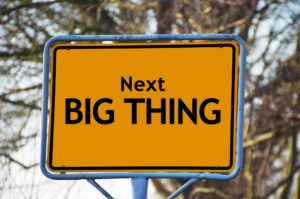
Start with a Vision
Take a minute and think about what product or service is at the core of your business. How is that product going to change the world? Or even, how is this product going to change your world and the world of the people who work for your company? Your clients? How will it impact your community in a positive way?
The value of building a brand is building something bigger than yourself. You’re building something you want to attract people to and believe in as much as you do. If it feels aspirational or a bit scary then you’re on the right track.
At its essence, your vision is why you’re doing what you’re doing. What drives you? What will motivate your team? What is the big idea that will make you all jump out of bed in the morning? Then decide where you want your company to be in six months. What about a year? Three years? Ten years?
Building a long-term plan for your business is important. It’s the inspirational framework for where the company is headed in the future, directs long-term strategic planning and is the ultimate goal you’re trying to reach. How you plan to get there is your mission.
Define your Mission
Your mission is a clear, concise statement of what your company does and how you do it. It should align with the company vision and shapes the strategy needed to move towards the vision. Think of it this way, if your vision is the why and the mission is and the what and how.
Mission statements often include mentions of the core values (more about that in a minute) as part of the how of the brand plans to achieve its goals.
Example: Our mission is to make Target your preferred shopping destination in all channels by delivering outstanding value, continuous innovation and exceptional guest experiences by consistently fulfilling our Expect More. Pay Less. brand promise.
A business partnership we recently interviewed understood the purpose of the mission statement better than most startups. They told us, “whenever we have a disagreement about a business choice we turn to the mission statement. It’s never led us astray.” A mission statement that is used as a map when making company decisions is something all companies should aspire to.
Think of it like this, you’re building a roadmap to your future. What are the directions to get there?
Here are a few examples of mission and vision statements that we like:
It’s important to note, not all companies have a distinct vision and mission, many have one statement that serves both purposes- for this reason, it’s important to outline what your vision is, even if you later merge it with the vision.
The value of a Tagline
It’s more difficult to say a lot in a few words than it is to say little with many. Meaning, communicating the value a business provides in a concise, powerful and memorable way, isn’t easy. But the value a tagline adds is great and propels your brand story forward.
For example, these brands, using just 2-4 words have identified how their products will make your life better.

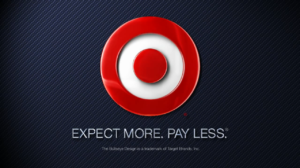
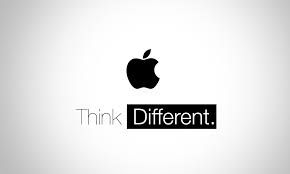
These taglines are what you can anticipate or expect from the product or service you’re going to receive. Nike is communicating that they help you take action, Target is communicating value, and Apple is communicating how you are going to be.
Effective taglines communicate a promise, they invoke an emotional response and build a story. A consumer may not read the mission statement, but it’s hard to miss a tagline and a great tagline is hard to forget.
Brand Values
The values of a company are the fundamental beliefs of the organization as a whole and act as guiding principles that dictate the choices an organization makes as if the company were a person. Values shape the decisions made for how the mission and vision of the company will be executed on a day-to-day basis.
Zappo’s company values clearly communicate who they are, and what they are providing. In fact, they state, At Zappos, our 10 Core Values are more than just words, they’re a way of life. We know that companies with a strong culture and a higher purpose perform better in the long run. As we continue to grow, we strive to ensure that our culture remains alive and well.
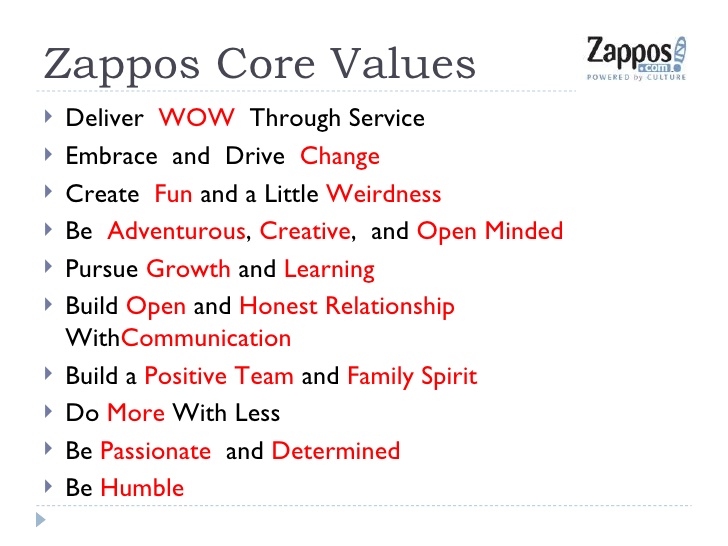
Steve Jobs once wrote:“To me, marketing is about values. This is a very complicated world, it’s a very noisy world. And we’re not going to get the chance to get people to remember much about us. No company is. So we have to be really clear on what we want them to know about us.”
We couldn’t agree more, perception is reality and who you are as a brand, and how your brand is perceived, is vital as the world gets noisier and noisier. Great values make a great brand stand out.
More than that, core brand values communicate to internal stakeholders what to expect from the company, shape corporate culture and guide decisions about product development. Brand values also serve to educate external stakeholders further about the identity of the company and the commitments people building are making with their customers, employees and community.
Brand Persona
Personality traits align messaging and marketing to an audience and anthropomorphize the brand. Research has shown that customers are more likely to associate with a brand they emotionally connect with, so having behaviors and traits of a human being helps consumers build a real connection as if the brand were a human.
A great (very blatant) example of this is an old Mac vs. PC campaign.
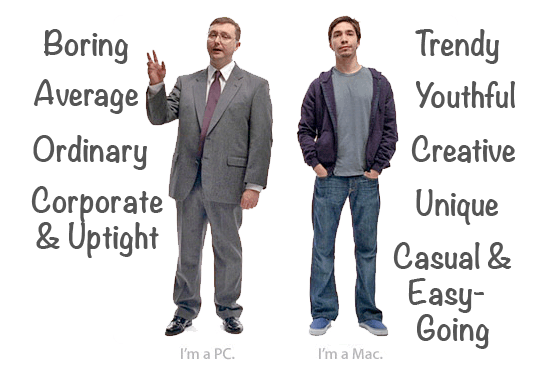
So ask yourself, who is your company? If the company were a person how would you describe them? How would those interacting with the brand describe them? Is your brand spunky, creative and energetic? Or is your brand educated, nerdy and sophisticated?
The ability to easily think about a brand, and identify the characteristics they would identify in themselves, help consumers identify with the brand- make it as easy for them to make that connection as possible.
Brand Voice
If the brand were a person, what would they say? How do the words, visuals, and overall messaging convey the personality traits described above? Do they use words that communicate confidence or authority? Fun or playful? The brand voice helps internal and external teams identify what the brand would and wouldn’t say.
We build repositories of things we say and things we don’t say for brands. Does the brand use slang? Would we say “you all” or “Y’all”? speaking about the community or industry how do they use “in-group” language?
Social media is a great place to evaluate brand voice and how well (or not well) different brands execute their voice. For example, these popular burger joints on Twitter. How do they execute their brand voice with a limited amount of real estate? Do you feel like you know who they are based on their Twitter bios?
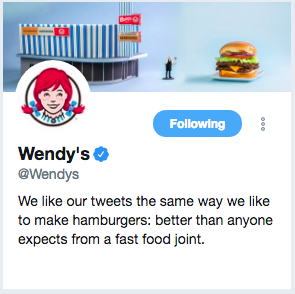
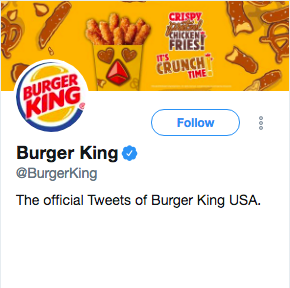
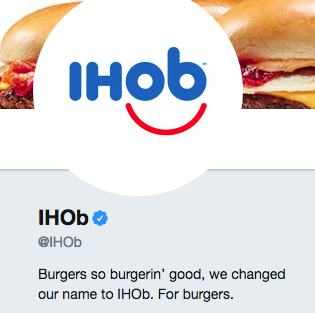
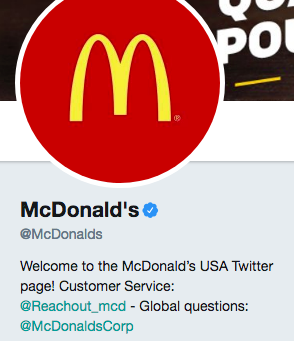
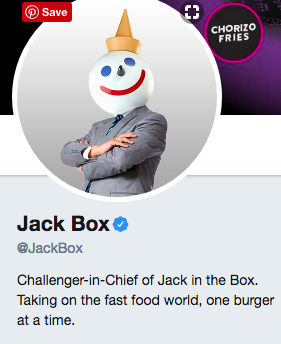
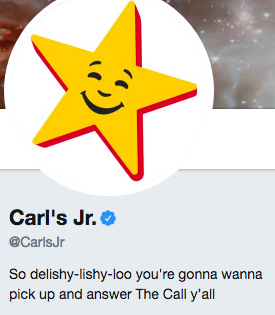
(We know what we did there with the IHOb thing).
Brand Tone
In the context of your brand’s communication, how do we sound? Is your brand a coach or a cheerleader? Do you communicate like a college professor or a negotiator? A coach and a cheerleader may deliver the same message (voice), but in completely different tones and paint an entirely different picture of the brand and leave the reader with a completely different brand experience.
Brand voice and tone can feel confusing at times, but it’s the combination of the two that is so valuable.
Read the following sentence like your accountant,
“Have you filed your taxes yet?”
Now try reading it in Matthew McConaughey’s voice.

What about in the voice of Michelle Wolf?

Now Count Dracula from Sesame Street, as he counts your fine… (ahh ha haaaa).
The same words (the voice) but delivered in a different tone, together create a completely different message.
Setting the Mood
How should someone feel while interacting with your brand? Adding all of the above together, how do you want people to walk away from an experience with your brand? Encouraged? Energized? Educated? (You can use words other than E words, but I was on a roll.)
The persona as a whole drives the mood of the brand. Nike makes you feel like you can do it, Walmart makes you feel like you can afford to do it and Tesla makes you feel like you aren’t going to impact the environment while you do it.
The mood is the emotion from all of the above components masterfully woven together. It’s a lot harder than it looks.
Back to the logo.
Sure, your logo is a great visual, but without the supporting elements outlined above then it’s just meh. It feels empty. I mentioned earlier that a soul is a lot more than one image, it’s the feelings and emotions that drive how people feel about themselves when they see you, and a logo by itself a brand it does not make.
However, logos are still important and a great logo ties all of these branding elements together in order to build a logo that accurately represents the brand. When you start with branding first, and logo second, you build something that is greater than just a logo, you’ve built a brand.
If you want to talk about building your brand give us a call or drop us a line, we’d love to help you discover just who your brand is and figure out how to communicate your brand in a way that resonates with your ideal audience and builds an emotional attachment.
P.S. If you hand a comprehensive brand book outlining all of these elements to your graphic designer, then they’ll love you forever.
P.S.S. If you provide tax services and get the count to do your commercials then please send us a link.




